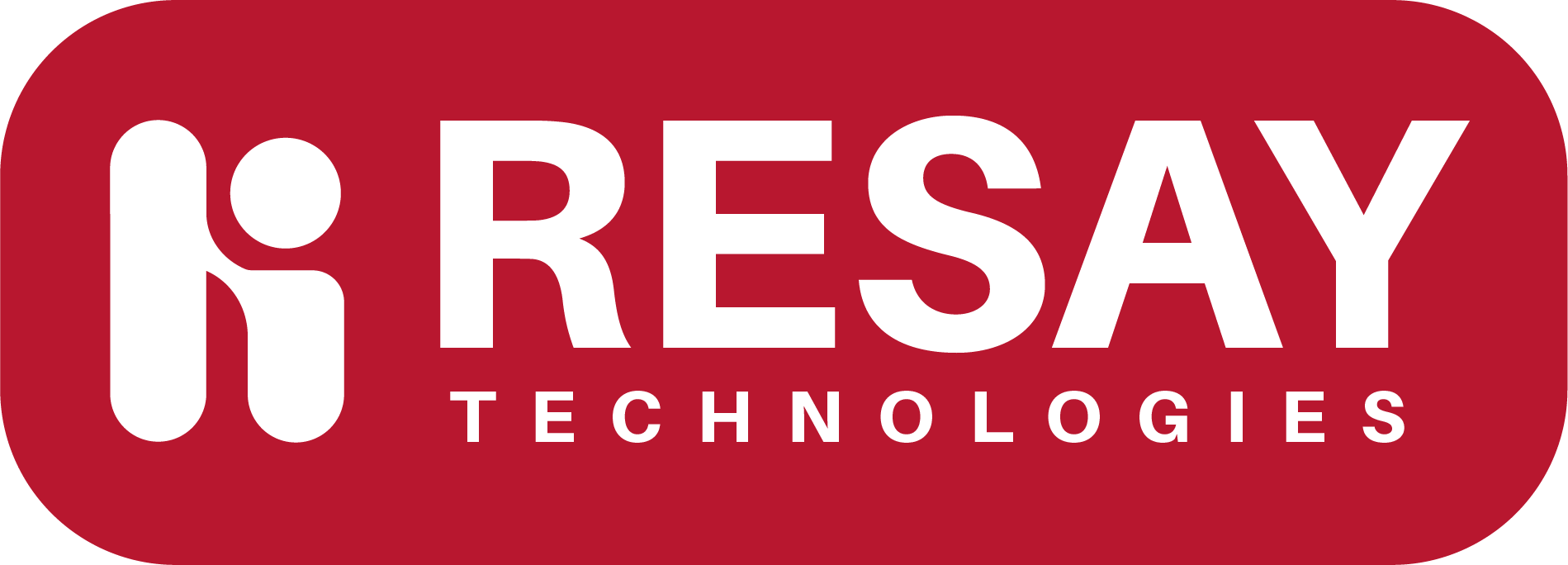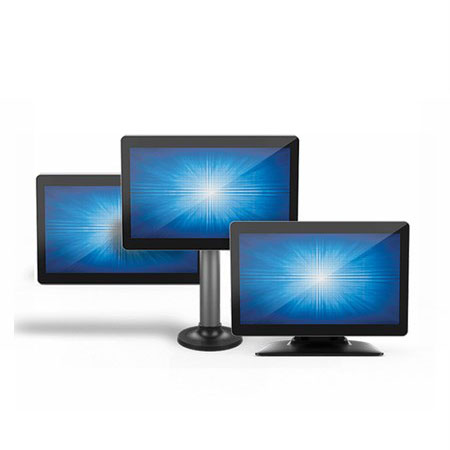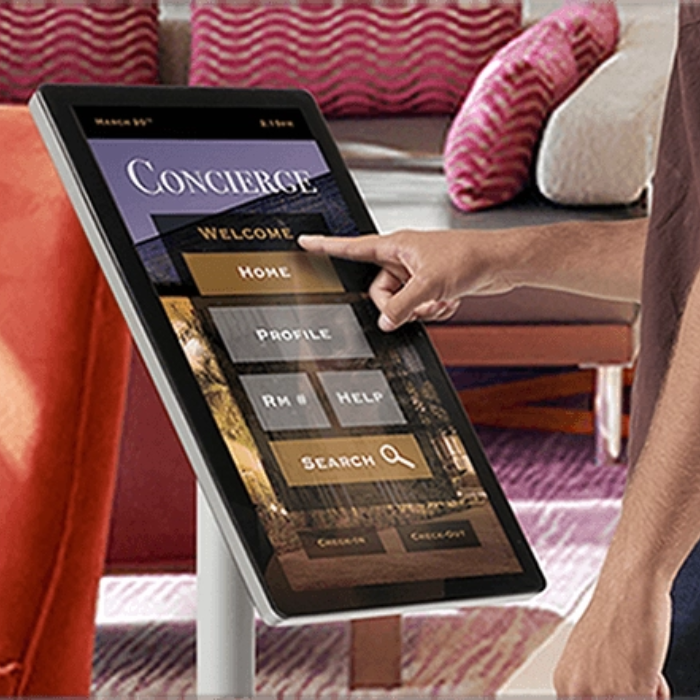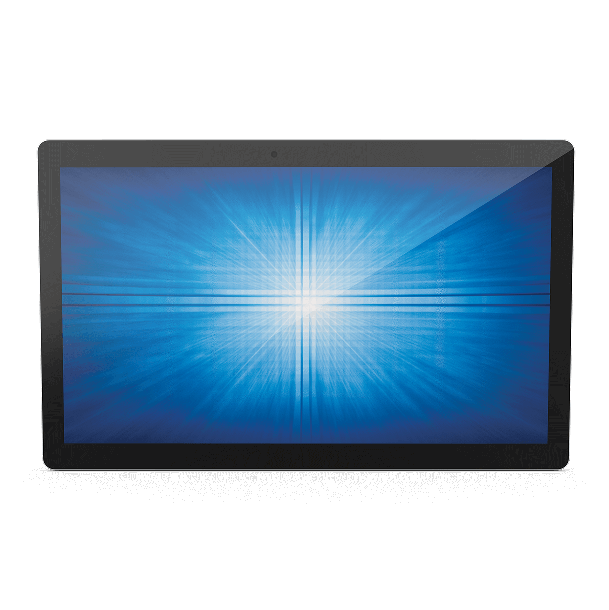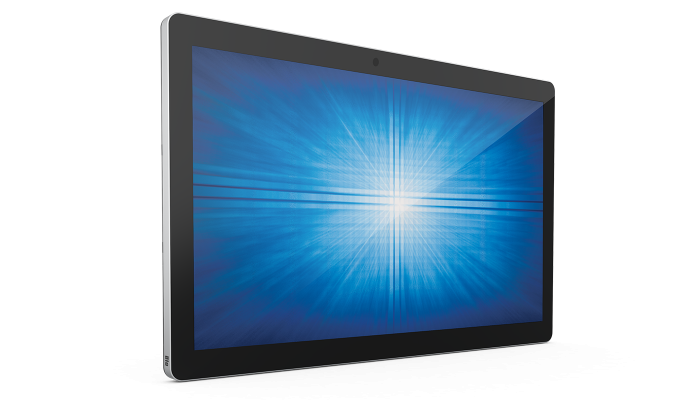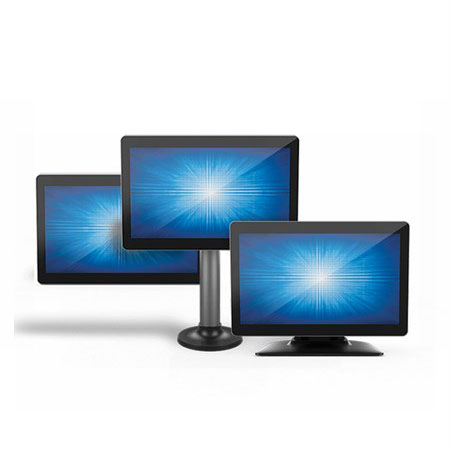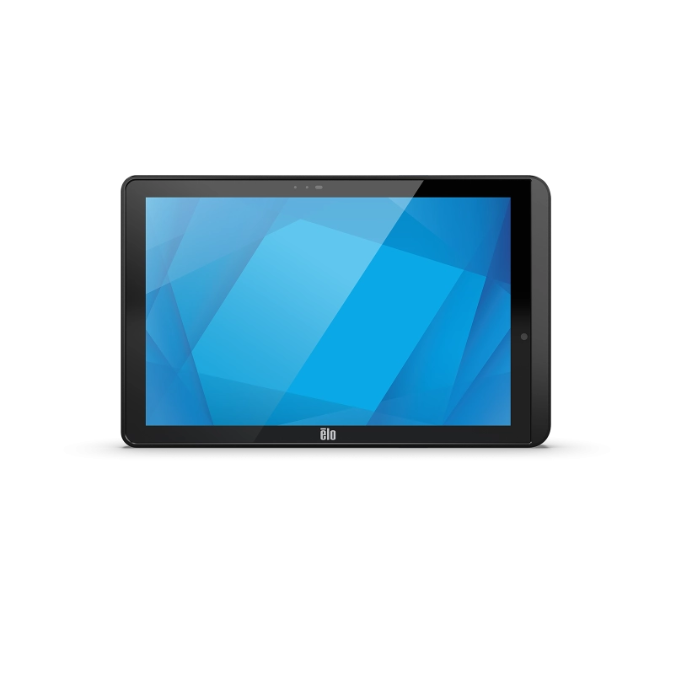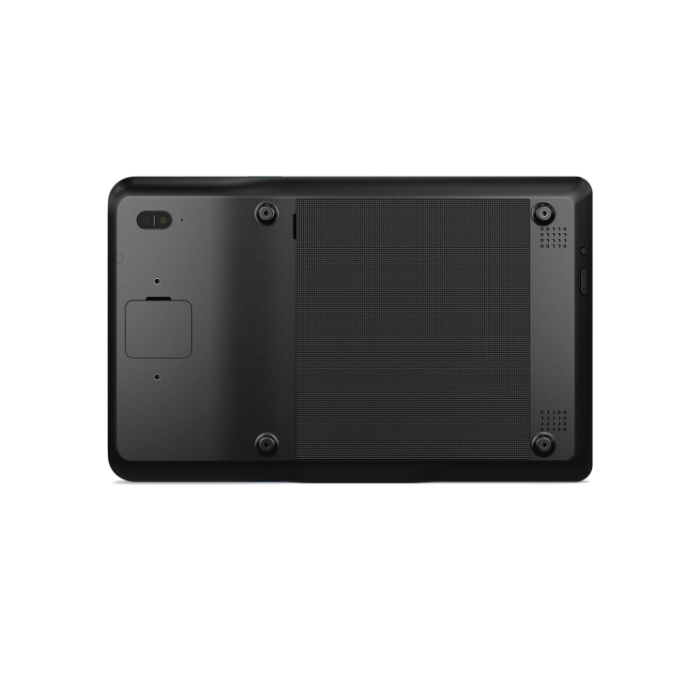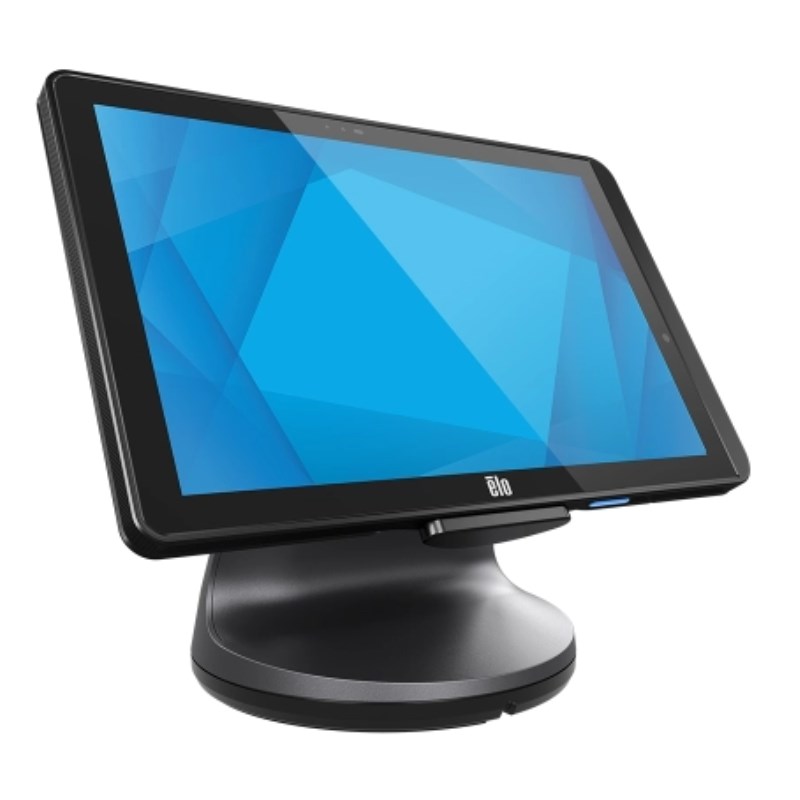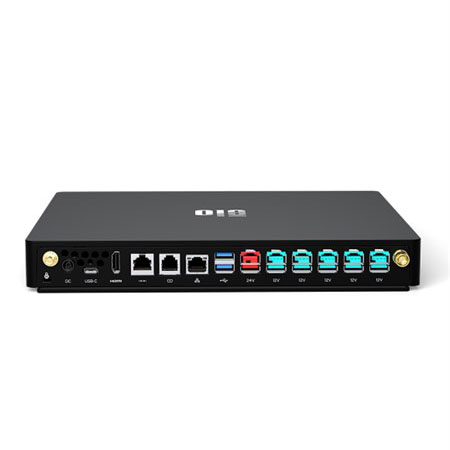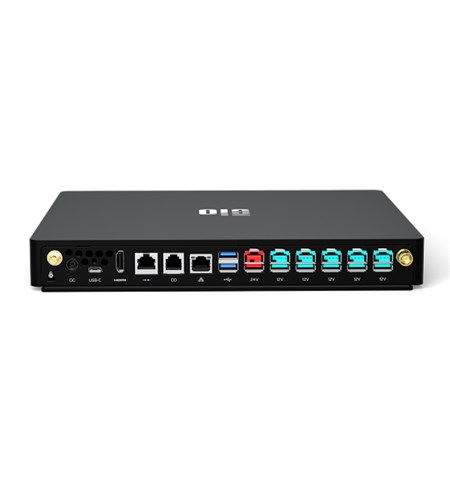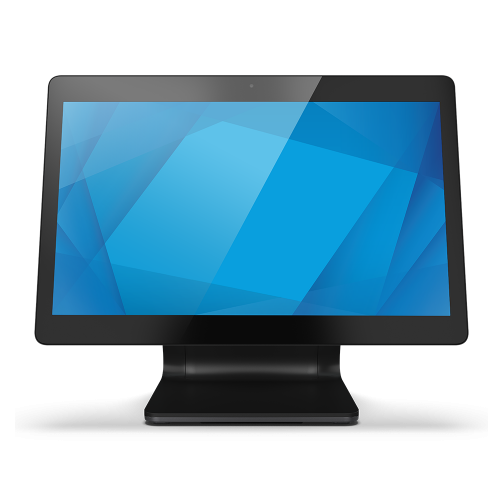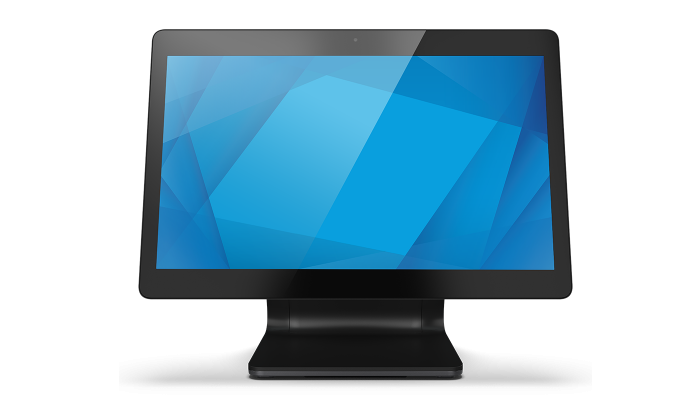ELO, EPOS, Monitors/Touch Screens, POS Terminals, Signages, Touchscreen Computers
Elo I-Series 2.0 for Android AiO Touchscreen Monitor, Android 7.1, 15.6-inch, HD 1366 x 768 display/HD 1920 x 1080 IPS display, ARM A53 2.0-GHz Octa-Core Processor, 2GB/3GB RAM, 16GB/32GB Flash, Projected Capacitive 10-touch, Clear, Wi-Fi, Ethernet, Bluetooth 4.1
0 out of 5
Point of Sale (POS) terminals are electronic devices used in retail and hospitality establishments to complete sales transactions. These terminals streamline the process of accepting payments from customers and often include additional features for inventory management, reporting, and customer relationship management. Here are key aspects associated with POS terminals:
- Transaction Processing:
- POS terminals are designed to process sales transactions quickly and efficiently. They accept various forms of payment, including cash, credit cards, debit cards, mobile payments, and electronic wallets.
- Hardware Components:
- POS terminals typically consist of hardware components such as a touchscreen display, a card reader for credit/debit cards, a cash drawer, a receipt printer, and sometimes a barcode scanner. Modern POS systems may also include customer-facing displays.
- Touchscreen Interface:
- Many POS terminals feature a touchscreen interface, allowing users to input information and navigate through the system easily. Touchscreens contribute to a more intuitive and user-friendly experience.
- Payment Options:
- POS terminals support a variety of payment options, including traditional magnetic stripe cards, chip cards (EMV), contactless payments (NFC), and mobile wallets. This versatility accommodates the preferences of different customers and evolving payment technologies.
- Software Capabilities:
- POS systems run specialized software that manages sales transactions, inventory, and reporting. The software may also integrate with other business management tools, accounting software, and customer relationship management (CRM) systems.
- Inventory Management:
- Many POS terminals come equipped with inventory management features. These allow businesses to track stock levels, manage product categories, and receive alerts for low inventory, helping prevent stockouts.
- Reporting and Analytics:
- POS systems generate reports and analytics that provide insights into sales trends, popular products, and other key metrics. Business owners can use this information to make informed decisions and optimize their operations.
- Customer Relationship Management (CRM):
- Some POS systems include CRM functionality, enabling businesses to collect and manage customer data. This may include purchase history, contact information, and preferences, facilitating targeted marketing and personalized customer experiences.
- Security Features:
- Security is a crucial aspect of POS terminals. Systems often incorporate encryption standards and comply with Payment Card Industry Data Security Standard (PCI DSS) requirements to protect customer payment information.
- Cloud-Based Solutions:
- Cloud-based POS systems store data on remote servers, allowing for centralized management and access from multiple locations. Cloud solutions often provide real-time updates, remote monitoring, and increased scalability.
- Integration with Third-Party Services:
- POS systems can integrate with third-party services, such as accounting software, online ordering platforms, and loyalty programs. This integration streamlines business operations and enhances the overall customer experience.
- Mobile POS (mPOS):
- Some POS systems operate on mobile devices like tablets and smartphones. This Mobile POS (mPOS) approach is especially popular in smaller businesses, pop-up shops, and industries with a strong mobile presence.
- Receipt Printing:
- POS terminals include receipt printers for generating transaction receipts. These receipts provide customers with a record of their purchase and can include promotional information.
